Picture this: It's 2:47 AM, you're hunched over your computer screen with bloodshot eyes, clutching your fourth cup of coffee, desperately trying to spot the perfect trade setup. Meanwhile, somewhere across the globe, an algorithm just executed 200 trades in the time it took you to blink. Welcome to the age-old debate that's keeping traders up at night (literally) – manual vs algorithmic trading.
Whether you're a seasoned trader wondering if robots are coming for your job, or a newcomer trying to figure out which path leads to trading nirvana, this decision will shape your entire trading journey. Spoiler alert: there's no one-size-fits-all answer, but by the end of this post, you'll know exactly which approach suits your personality, goals, and sanity levels.
What Exactly Is Manual Trading?
Manual trading is like being the captain of your own ship – you make every decision, from when to enter a trade to when to cut your losses and run. You analyze charts, read market news, interpret economic indicators, and trust your gut feeling (which, let's be honest, sometimes feels more like indigestion after too much caffeine).
Think of it as the artisanal coffee of the trading world. Every trade is handcrafted with love, attention to detail, and occasionally, a healthy dose of panic. You're the master of your destiny, the architect of your success, and unfortunately, the author of your own trading disasters.
The Human Touch: Pros of Manual Trading
- Complete control over every trading decision – you're the boss, the employee, and occasionally the office pet
- Ability to adapt to unexpected market events faster than a cat video goes viral
- Lower barrier to entry – all you need is a computer, internet, and an unhealthy relationship with caffeine
- No coding skills required – because not everyone speaks Python (the programming language, not the snake)
- Emotional satisfaction from successful trades – nothing beats that "I told you so" feeling
The Dark Side: Cons of Manual Trading
- Emotional decision-making can turn your portfolio into a roller coaster nobody wants to ride
- Time-intensive monitoring – say goodbye to weekends, holidays, and that thing called sleep
- Human limitations like fatigue, FOMO, and the occasional brain fog from too much Netflix
- Inconsistent execution – sometimes you're Usain Bolt, sometimes you're a sloth with arthritis
- Scalability issues – you can only watch so many screens before your eyes start bleeding


Enter the Machines: What Is Algorithmic Trading?
Algorithmic trading is like having a tireless robot assistant that never needs coffee breaks, doesn't get scared during market crashes, and won't impulse-buy crypto at 3 AM because of a convincing TikTok video. These algorithms follow pre-programmed rules and execute trades based on mathematical models, technical indicators, and statistical analysis.
It's the Tesla autopilot of trading – sophisticated, efficient, and occasionally prone to driving straight into a wall if not properly configured. But when it works, it's like having a superpower that lets you trade 24/7 without losing your mind or your hair.
The Robot Revolution: Pros of Algorithmic Trading
- Emotionless execution – algorithms don't have bad days, hangovers, or existential crises
- Lightning-fast trade execution that makes The Flash look like he's moving through molasses
- Ability to process vast amounts of data faster than you can say "market inefficiency"
- 24/7 operation – while you're sleeping, your algorithm is making money (hopefully)
- Backtesting capabilities – you can test strategies on historical data before risking real money
- Consistency in following trading rules – no "just this once" exceptions
The best algorithm is not the one that makes the most money in backtesting, but the one that can adapt to changing market conditions without having a digital nervous breakdown.
Every Algorithmic Trader Ever
The Matrix Has You: Cons of Algorithmic Trading
- High barrier to entry – you need programming skills or deep pockets for development
- Technology dependency that makes you more nervous about internet outages than zombie apocalypses
- Potential for catastrophic losses during system failures or flash crashes
- Difficulty adapting to unprecedented market events – algorithms are smart, not psychic
- Over-optimization risks – making your strategy so specific it only works in fantasyland
Show Me the Code: A Simple Trading Algorithm Example
Let's look at a basic momentum trading algorithm written in Python. This example uses moving averages to generate buy and sell signals – nothing too fancy, but it illustrates the core concepts.
import pandas as pd
import numpy as np
import yfinance as yf
from datetime import datetime, timedelta
class SimpleMomentumTrader:
def __init__(self, symbol, short_window=10, long_window=30):
self.symbol = symbol
self.short_window = short_window
self.long_window = long_window
self.position = 0 # 0 = no position, 1 = long, -1 = short
self.data = None
def fetch_data(self, period='1y'):
"""Fetch historical price data"""
self.data = yf.download(self.symbol, period=period)
return self.data
def calculate_signals(self):
"""Calculate trading signals based on moving average crossover"""
if self.data is None:
raise ValueError("No data available. Call fetch_data() first.")
# Calculate moving averages
self.data['MA_short'] = self.data['Close'].rolling(window=self.short_window).mean()
self.data['MA_long'] = self.data['Close'].rolling(window=self.long_window).mean()
# Generate signals
self.data['Signal'] = 0
self.data['Signal'][self.short_window:] = np.where(
self.data['MA_short'][self.short_window:] > self.data['MA_long'][self.short_window:], 1, 0
)
# Create position column (1 for buy, -1 for sell, 0 for hold)
self.data['Position'] = self.data['Signal'].diff()
return self.data
def execute_trade(self, current_price, signal):
"""Execute trade based on signal"""
if signal == 1 and self.position != 1: # Buy signal
print(f"BUY at ${current_price:.2f}")
self.position = 1
return "BUY"
elif signal == 0 and self.position != 0: # Sell signal
print(f"SELL at ${current_price:.2f}")
self.position = 0
return "SELL"
else:
return "HOLD"
def backtest(self, initial_capital=10000):
"""Simple backtesting function"""
if self.data is None:
self.fetch_data()
self.calculate_signals()
capital = initial_capital
shares = 0
trades = []
for i in range(len(self.data)):
current_price = self.data['Close'].iloc[i]
position = self.data['Position'].iloc[i]
if position == 1: # Buy signal
shares = capital / current_price
capital = 0
trades.append(('BUY', current_price, shares))
elif position == -1 and shares > 0: # Sell signal
capital = shares * current_price
trades.append(('SELL', current_price, shares))
shares = 0
# Calculate final portfolio value
final_value = capital + (shares * self.data['Close'].iloc[-1] if shares > 0 else 0)
total_return = (final_value - initial_capital) / initial_capital * 100
print(f"Initial Capital: ${initial_capital:,.2f}")
print(f"Final Value: ${final_value:,.2f}")
print(f"Total Return: {total_return:.2f}%")
return final_value, total_return, trades
# Usage example
trader = SimpleMomentumTrader('AAPL', short_window=10, long_window=30)
trader.fetch_data('2y') # Get 2 years of data
final_value, return_pct, trades = trader.backtest(10000)
This algorithm demonstrates the core principles of systematic trading: clear rules for entry and exit, consistent execution, and the ability to backtest performance. The moving average crossover strategy is simple but effective – when the short-term average crosses above the long-term average, it generates a buy signal, and vice versa for sell signals.
So Which Path Should You Choose?
Here's the million-dollar question (literally, if you play your cards right). The choice between manual and algorithmic trading isn't just about which one makes more money – it's about which one aligns with your personality, lifestyle, and long-term goals.
Choose manual trading if you: Love being hands-on with your investments, enjoy analyzing market psychology, have the time to actively monitor positions, and get a thrill from making split-second decisions. You're essentially choosing to be a day trader, swing trader, or active investor who thrives on the human element of trading.
Choose algorithmic trading if you: Prefer systematic approaches, have programming skills or budget for development, want to remove emotions from trading decisions, and believe in the power of data-driven strategies. You're choosing to be a quant, a systematic trader, or someone who treats trading like a tech business.
The Hybrid Approach: Best of Both Worlds
Plot twist – you don't have to choose just one! Many successful traders use a hybrid approach, combining the flexibility of manual trading with the consistency of algorithmic systems. You might use algorithms for routine trades and market scanning, while reserving manual intervention for special situations or strategy adjustments.
Think of it like having both a reliable Honda Civic for your daily commute and a sports car for weekend adventures. Each serves its purpose, and together they give you the complete driving experience.
The most successful traders I know aren't necessarily the smartest or the most technical. They're the ones who understand their strengths, acknowledge their weaknesses, and build trading systems that complement their natural abilities.
Market Wisdom
Final Thoughts: Your Trading Journey Starts Now
Whether you choose the artisanal path of manual trading or the systematic route of algorithmic trading, remember that consistency beats perfection every time. The best trading strategy is the one you can stick to through bull markets, bear markets, and those weird sideways markets that make everyone question their life choices.
Start small, learn continuously, and don't be afraid to adapt your approach as you grow. The market will humble you regardless of which method you choose, but it will also reward patience, discipline, and the willingness to learn from mistakes.
Now stop reading trading articles and go practice what you've learned. Your future self (and your bank account) will thank you for taking action today rather than spending another six months researching the "perfect" trading strategy that doesn't exist.
Happy trading, and may your profits be higher than your coffee consumption!
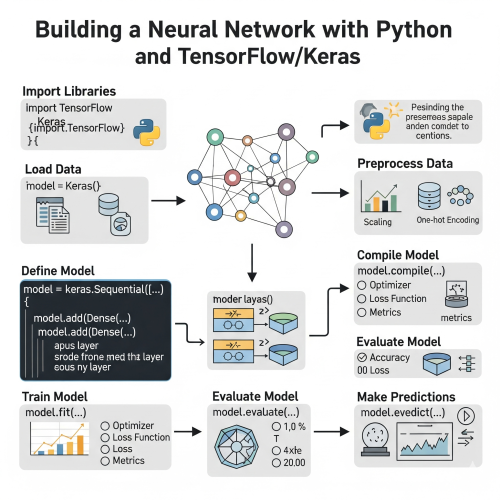


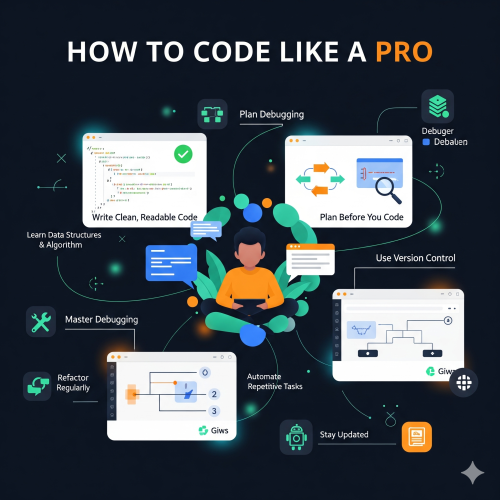
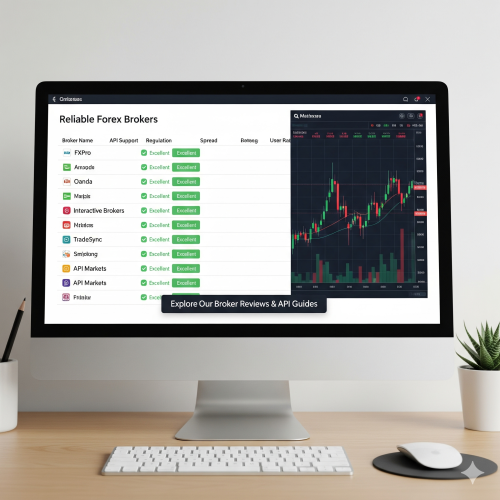

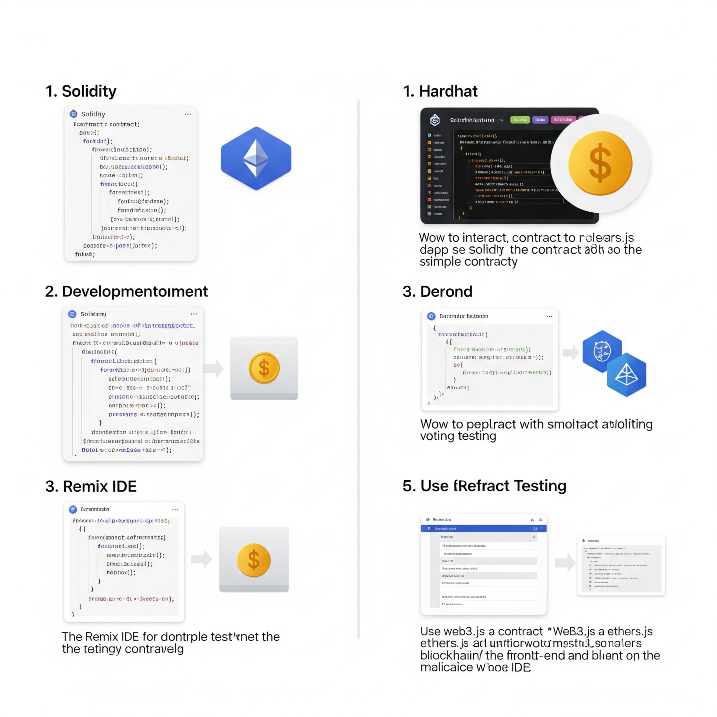
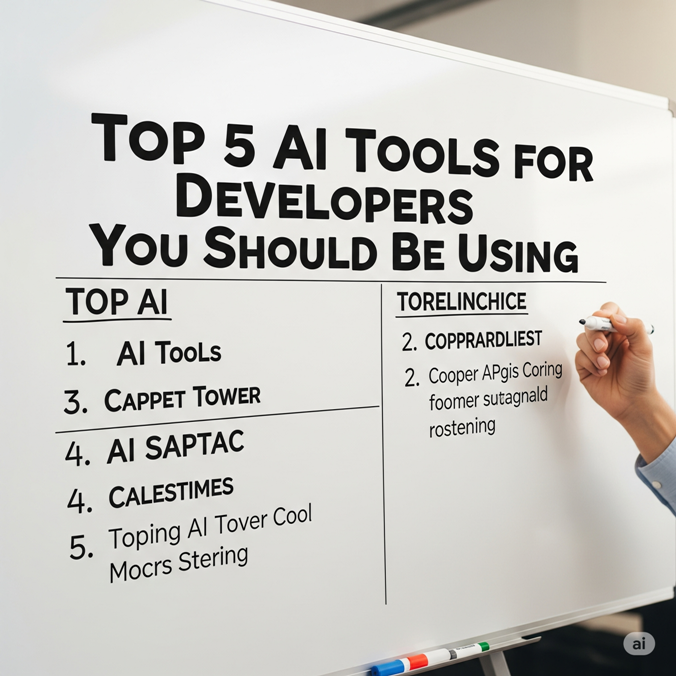

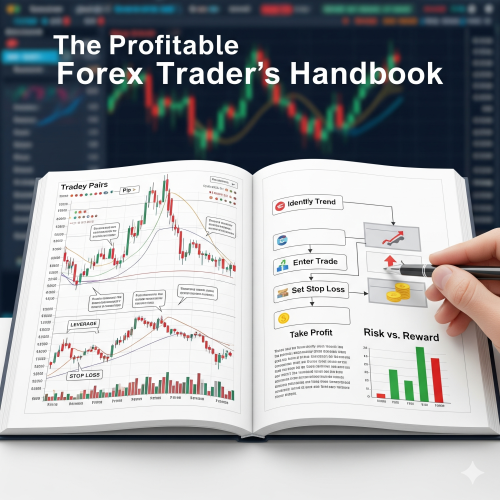
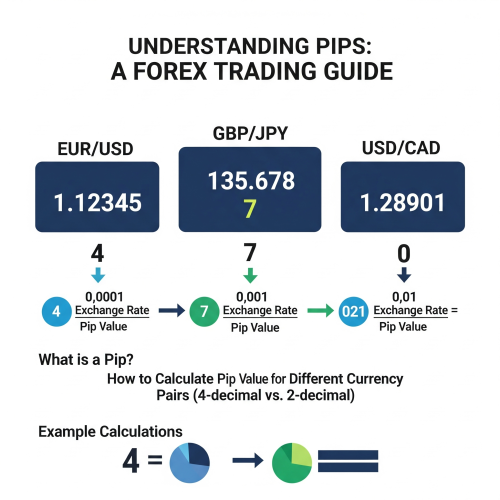




0 Comment